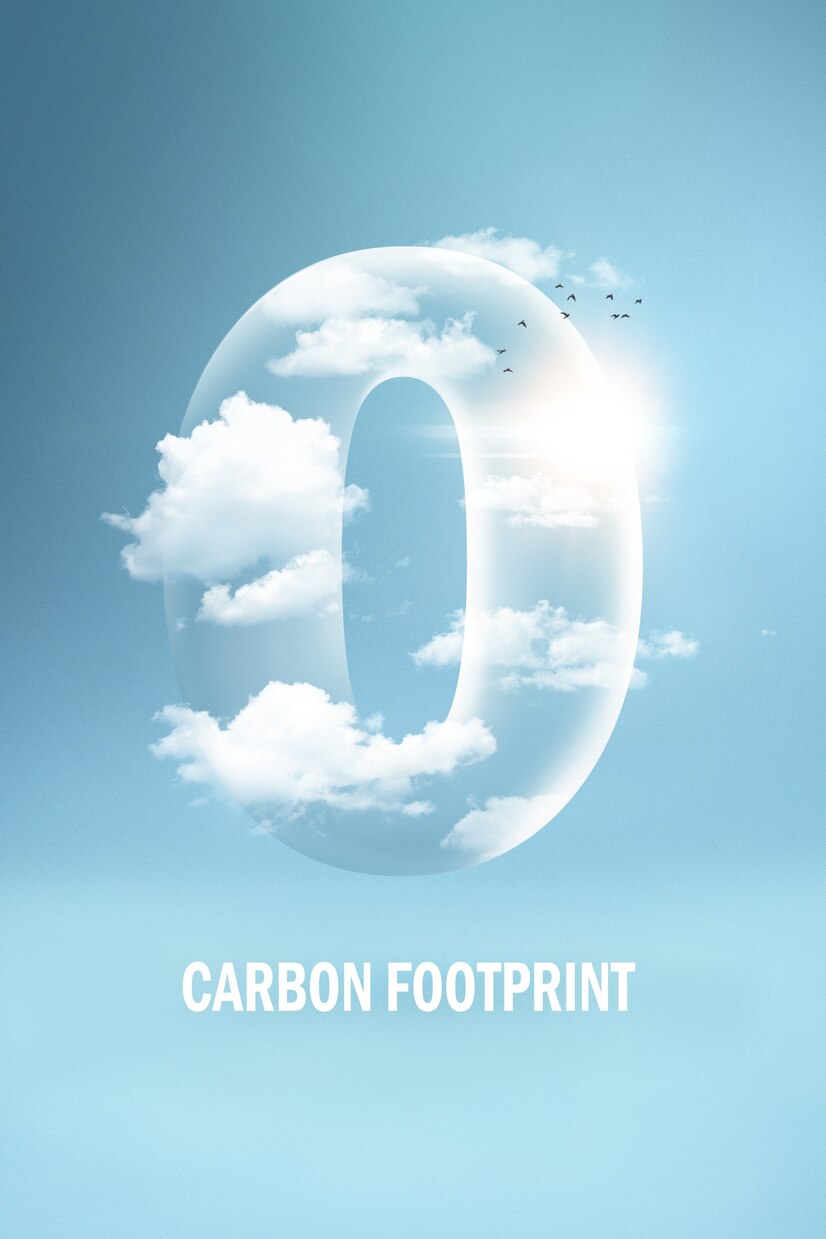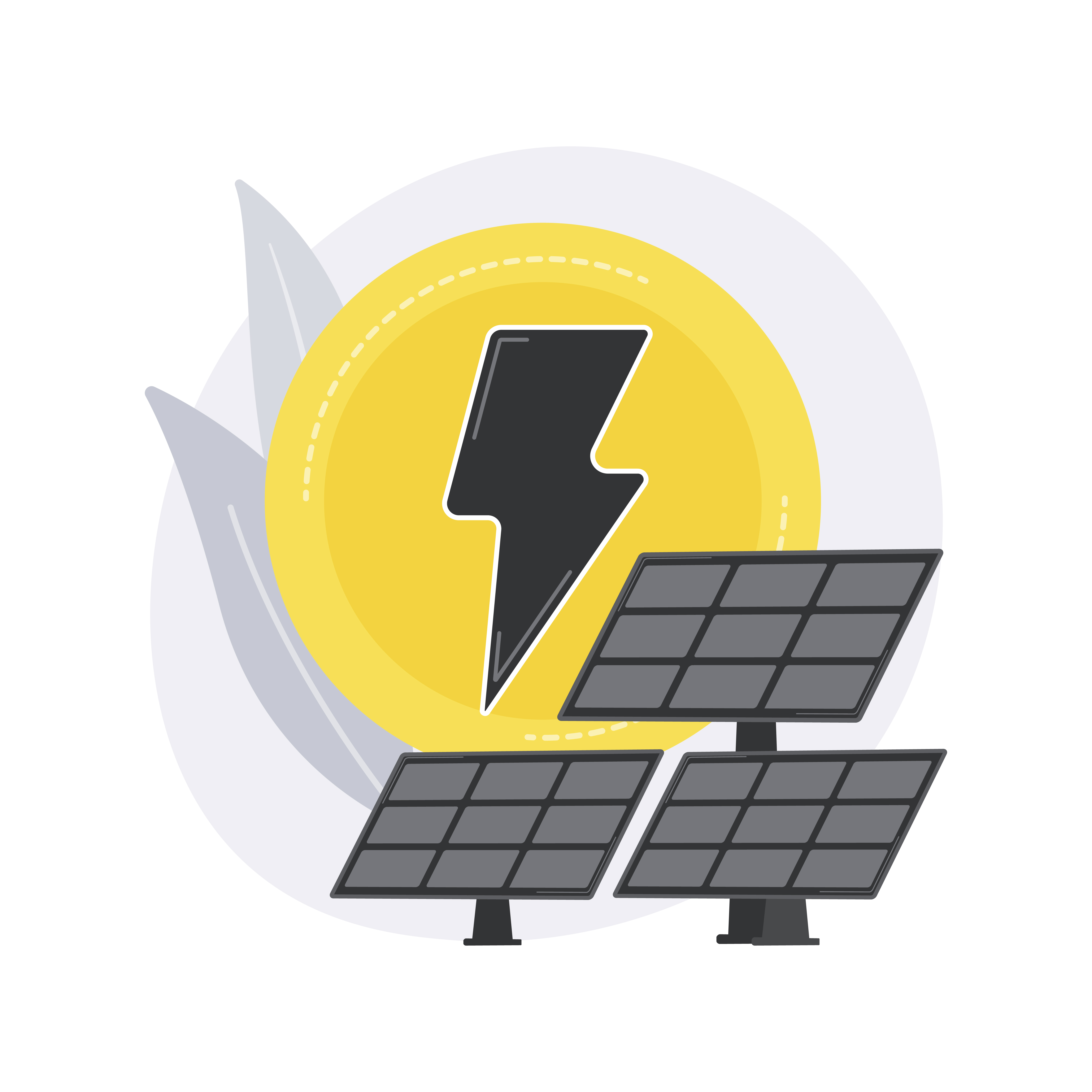India stands at the fourth spot in solar power with an installed capacity of 67 Gigawatt. This piece will focus on the Indian government’s ambition concerning solar energy, five solar parks, and the top five indigenous players in the solar energy sector. I will elucidate the key obstacles which hinder New Delhi’s ability to deploy the technology across the country.
Ambition:
India has set an ambitious goal to establish 500 Gigawatts of renewable energy capacity by 2030, with 280 Gigawatt installed capacity of solar power and 140 Gigawatt of wind power. The long-term plan is to generate 75 per cent of electricity from renewable energy sources by 2050, out of which 34 per cent is from solar power and 32 per cent from wind energy. Boosting renewable power share in electricity generation will be crucial to decarbonise the sector and attain net-zero status by 2070.
Biggest Solar Parks:
- Bhadla Solar Park is in Bhadla village in Rajasthan’s Jodhpur district. Developed by Rajasthan Solar Park Development Company Limited, Saurya Urja Company, and Adani Renewable Energy Park Rajasthan, this project has seen an investment of $1.4 billion. The operational responsibilities lie with the Solar Energy Corporation of India. The construction began in July 2015 and was fully commissioned in March 2020 with an installed capacity of 2.25 Gigawatt.
- Pavagada Solar Park is in Karnataka’s tumakuru district. Developed in collaboration between Karnataka Solar Park Development Corporation Limited and the National Thermal Power Corporation, this project has received an investment of $2.1 billion. The operations lie with Solar Park Developers India Limited. Construction commenced in October 2016, and the project was successfully commissioned in 2019, featuring an installed capacity of 2.05 gigawatts.
- Ananthapuram Ultra Mega Solar Park is in Andhra Pradesh’s Anantapur. Operated by the National Thermal Power Corporation, this facility features an installed capacity of 1.5 gigawatts.
- Kurnool Ultra Mega Solar Park is in Andhra Pradesh’s Kurnool district. Developed through collaboration among SunEdison, SBG Cleantech, Azure Power, and Adani’s Prayatna Developers, the project received an investment of $880 million. Fully commissioned in January 2019, this facility is under the management of the National Thermal Power Corporation and has an installed capacity of 1 gigawatt.
- NP Kunta Ultra Mega Solar Park is in Andhra Pradesh’s Ananthapuram. Owned by Andhra Pradesh Solar Power Corporation Private Limited, this project is under the management of the Solar Energy Corporation of India. It began operations in 2016 with an installed capacity of 978 Megawatt.
Top Solar Power Producers:
- Tata Power Solar, headquartered in Mumbai, was founded in 1989. They produce solar cells, modules, and solar home lighting system and provides engineering, procurement, and construction services for solar power projects.
- Adani Solar, headquartered in Gurugram, was founded in 2015. They manufacture photovoltaic modules and provide engineering, procurement, and construction services.
- Vikram Solar, headquartered in Gurugram, was founded in 2006. It is one of the largest solar module manufacturers and provides engineering, procurement, and construction services.
- WAAREE Energies, headquartered in Mumbai, was founded in 1989. It is a solar photovoltaic module producer and provides solar rooftop solutions, solar water pumps, solar electricity generation projects and engineering, procurement, and construction services.
- Azure Power, headquartered in New Delhi, was founded in 2008. The company develops and operates utility and commercial-scale solar power plants.
Challenges:
- The primary challenge lies in the significant initial investment required for solar systems and extended payback periods. This investment will burden the flow of investments in other energy sectors and increase the debt.
- The second challenge involves administrative issues such as the ease of land acquisition, government approvals, and material supply limits. These factors can impact the establishment of solar generation plants, leading to delays in development.
- The third problem is that Lack of R&D, modern development facilities, and manufacturing infrastructure impact the development of solar panels, equipment, and inverters to meet complete demand, leading to an increase in imports, thereby increasing the cost of the system.
Conclusion:
India, standing fourth globally in solar power with 67 gigawatts, showcases a robust commitment to renewable energy. The government’s ambitious plan targets 500 gigawatts of renewable capacity by 2030, targeting 280 gigawatts from solar and 140 gigawatts from wind. Aiming for 75% renewable electricity by 2050, the nation aspires to achieve net-zero status by 2070.
Top solar parks like Bhadla, Pavagada, and Kurnool exemplify India’s scale and ambition. The top producers like Tata Power Solar and Adani Solar contribute significantly, yet challenges persist. Funding constraints, administrative hurdles, and a lack of robust R&D impede solar growth. As India navigates these obstacles, its solar journey remains pivotal for a sustainable energy future.
End Notes
https://www.nsenergybusiness.com/features/largest-solar-power-plants-india/
https://www.blackridgeresearch.com/blog/list-of-top-largest-solar-plants-farms-parks-in-india
https://www.power-technology.com/projects/pavagada-solar-park-karnataka/
https://en.wikipedia.org/wiki/NP_Kunta_Ultra_Mega_Solar_Park
https://byjus.com/free-ias-prep/list-of-solar-power-parks-in-india/
https://www.electronicsandyou.com/top-10-best-solar-companies-in-india.html





